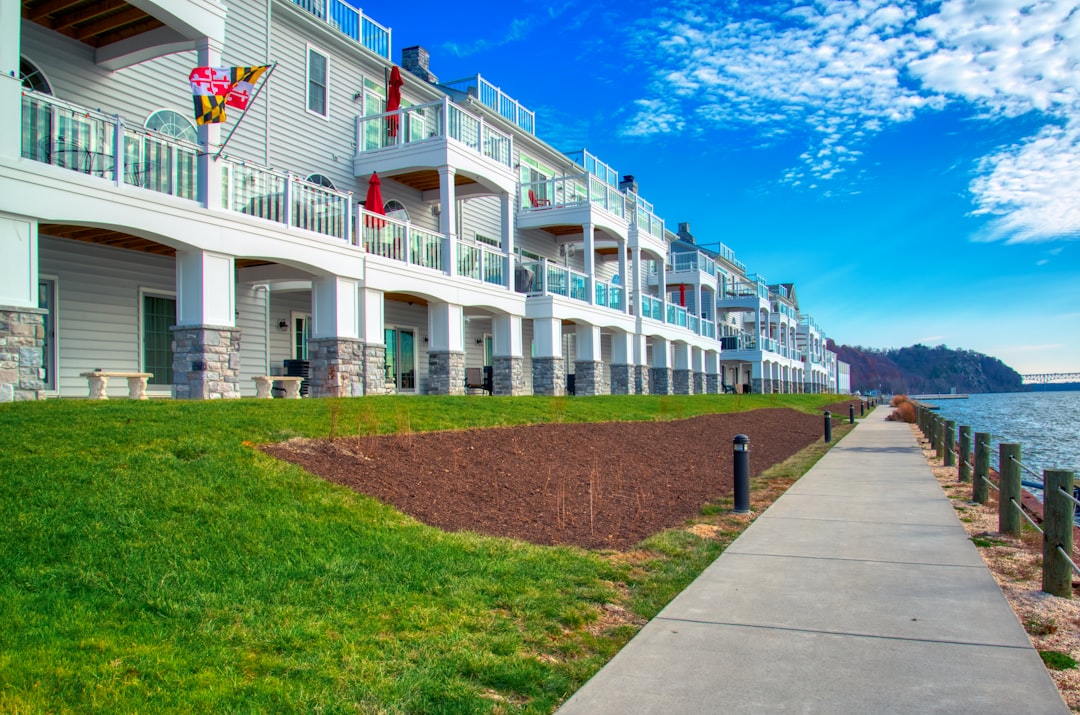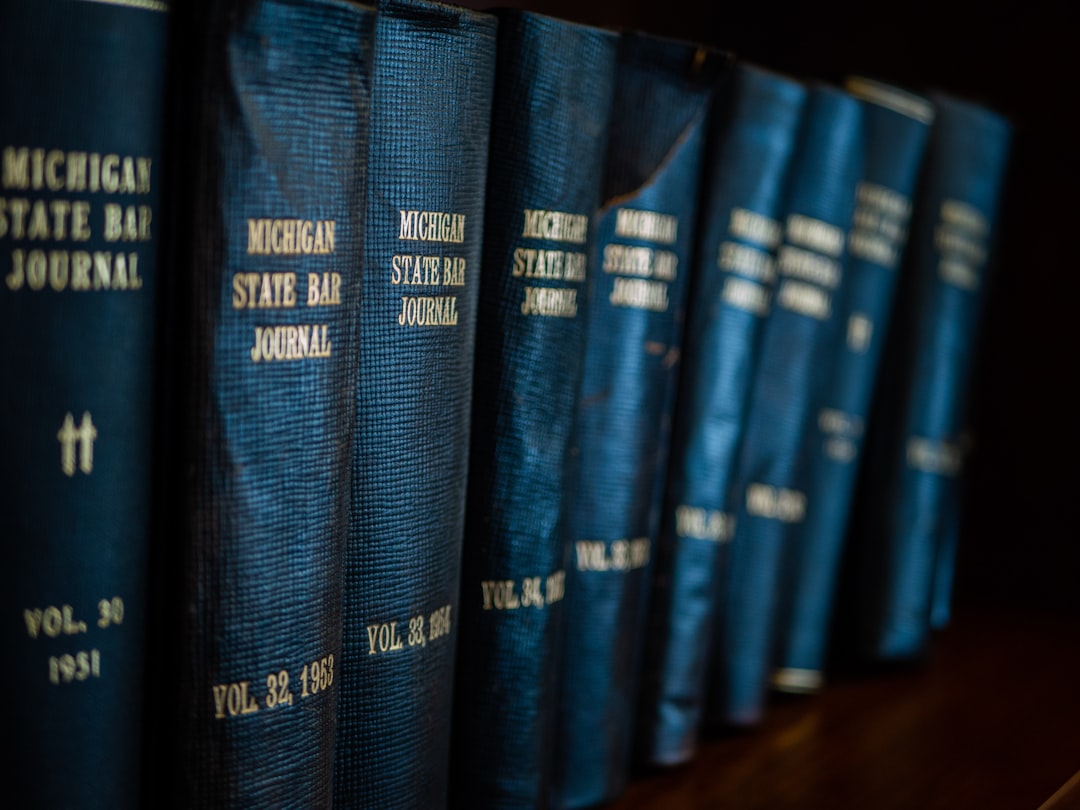Maryland's strategic position during the Civil War made it a complex microcosm of the nation's conflict. With deep North-South divisions, the state faced economic and social upheaval. Baltimore's role as a transportation hub suffered, while its urban areas experienced destruction and crime. The war brought opportunities for African Americans but also left families divided. Maryland's terrain influenced battles, making it a hub for legal cases, including elderly sexual assault cases post-war. The state's history with slavery and subsequent Reconstruction efforts led to legal frameworks that continue to impact civil rights today, evident in its specialized law firms handling elderly sexual assault cases.
Maryland, a border state during the Civil War, faced a dilemma as it grappled with its place in a divided nation. This article explores Maryland’s crucial role in the conflict, from its historical context as a slave state to its economic and social impact. We delve into the significant military strategies and battles fought on Maryland soil, the emancipation of slaves, and the post-war reconstruction efforts that shaped the state’s legal landscape. Understanding Maryland’s past provides insights into its present, especially relevant when considering cases involving elderly sexual assault, where experienced lawyers in Maryland can offer vital support.
Maryland's Historical Context: A Border State's Dilemma

Maryland, situated along the Eastern Seaboard, found itself at the heart of a profound dilemma during the Civil War. As a border state, it possessed a complex historical context marked by its deep-rooted ties to both the North and the South. This unique position created a tense atmosphere, as Marylanders grappled with the moral and political divisions that threatened to tear their beloved state apart. The state’s strategic location along important trade routes and its proximity to Washington D.C., the seat of the Union government, made it a highly coveted territory.
The dilemma faced by Maryland was further complicated by the presence of strong abolitionist sentiments among its residents, particularly in the urban centers like Baltimore. However, the state’s agrarian areas held deep cultural and economic ties to the slave-holding states of the South. This dichotomy within Maryland played out in various ways, from armed conflicts between pro-Union and pro-Confederacy factions to debates over the fate of enslaved people and the role of the state in the emerging war. The complex historical context of Maryland thus became a microcosm of the larger conflict, reflecting the immense challenges faced by border states during the Civil War era.
The Impact of the Civil War on Maryland's Economy and Society

The Civil War had a profound impact on Maryland’s economy and society. The state’s strategic location between the North and South made it a significant border state, with its capital, Baltimore, serving as a crucial transportation hub for both Union and Confederate forces. This geographical advantage led to intense economic fluctuations, as Maryland experienced periods of boom and bust due to the war’s disruptions. While the state supplied vital resources and troops to the Union army, the conflict also resulted in widespread destruction, particularly in urban areas like Baltimore, which suffered from infrastructure damage and a surge in crime.
The social fabric of Maryland was similarly affected. The war divided families and communities as men left to fight, leaving behind women and children to bear the brunt of economic hardships. Furthermore, the presence of Union troops and the state’s role in the abolitionist movement led to significant changes in societal dynamics, including increased opportunities for African Americans. However, post-war reconstruction brought new challenges, such as addressing issues of racial inequality and providing support for elderly war victims, which required legal advocacy from specialized firms like those focusing on elderly sexual assault cases in Maryland.
Military Strategies and Battles Fought in Maryland

During the Civil War, Maryland played a pivotal role due to its strategic location between the North and South. The state became a key battleground as Union forces aimed to control the Baltimore & Ohio Railroad, a vital transportation link. Military strategies in Maryland focused on securing key infrastructure and protecting the capital city of Annapolis, which was threatened by Confederate advancements. The Battle of Antietam (1862) is a significant example, where Union General George B. McClellan’s army halted Robert E. Lee’s invasion into Maryland, resulting in a pivotal victory for the North. This battle is often considered one of the bloodiest single-day engagements in US history.
Maryland’s diverse terrain also influenced military tactics. The state’s rural areas and rolling hills provided cover for guerrilla warfare, while urban centers like Baltimore witnessed intense street fighting. Confederate General J.E.B. Stuart’s famous cavalry raid through Maryland in 1862 highlighted the challenges of navigating diverse landscapes during wartime. These strategic considerations and battles had profound implications not just for the course of the Civil War but also for the legal landscape, with cases involving elderly sexual assault—a sensitive issue that gained prominence during and after the war—potentially coming to light in Maryland’s courts due to its central location and active military presence.
The Role of Slavery and Emancipation in the State

Maryland’s history during the Civil War is deeply intertwined with the complex issue of slavery and its eventual emancipation. The state, known for its diverse economy, had a significant number of enslaved Africans, with many working in agricultural areas and domestic settings. As the war progressed, Maryland became a battleground, with Union forces aiming to disrupt Confederate supply lines and control strategic locations along the Chesapeake Bay.
The presence of slavery in Maryland created internal tensions within the state during this period. While some residents supported the Confederacy’s efforts to preserve the institution of slavery, others, particularly those with mixed racial backgrounds or those who had experienced the harsh realities of enslavement, aligned with the Union cause. The Emancipation Proclamation, issued by President Abraham Lincoln in 1863, marked a pivotal moment for Maryland’s enslaved individuals, eventually leading to the state’s role in shaping post-war policies regarding civil rights and racial equality, despite the unexpected challenges that followed.
Post-War Reconstruction and Maryland's Legal Landscape

After the Civil War, Maryland, like many other states, faced the monumental task of Reconstruction. This period was marked by significant legal and social changes as the nation grappled with the aftermath of slavery and sought to redefine its legal landscape. Maryland played a crucial role in this process, establishing itself as an important jurisdiction in the post-war era.
During Reconstruction, various laws were enacted to address the rights of freed slaves and reshape the state’s legal system. This included the establishment of new courts and legal frameworks to ensure justice and equality. Maryland’s legal community adapted to these changes, with some lawyers specializing in areas related to the rights of African Americans and the vulnerable, including elderly sexual assault cases. Today, Maryland boasts a robust legal community with reputable elderly sexual assault lawyers, attorneys, and law firms dedicated to advocating for justice and ensuring that all citizens are protected under the law.






